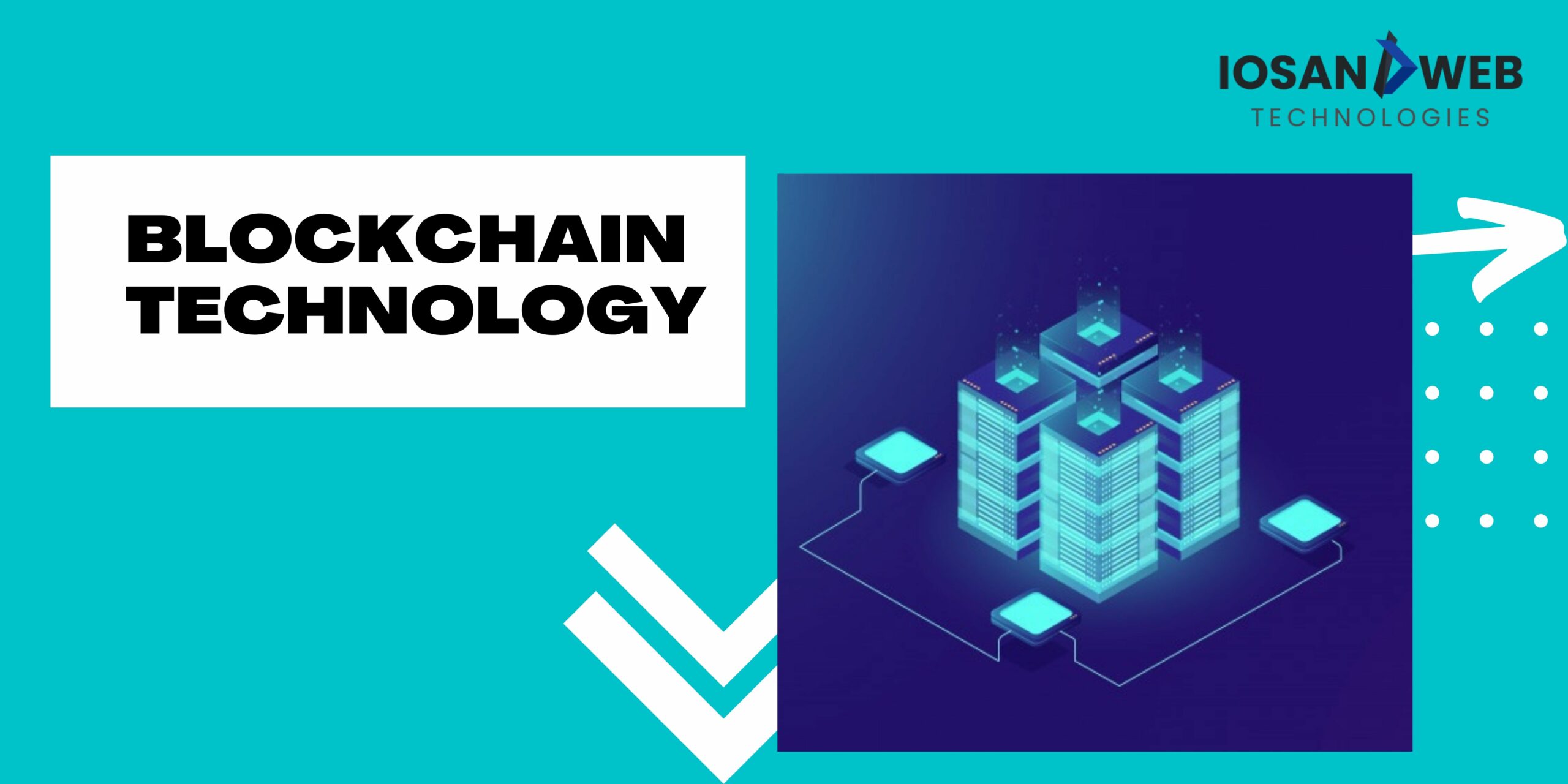How Blockchain Technology is shaping the future for more connected Industries?
With a quest to bridge the gaps between businesses, industries, and even economies, blockchain technology is set to carve the path for an ultra-connected world. For business value chains, it has already boosted automation and innovation to unprecedented levels.
Blockchain innovation normally bears a resemblance to digital currency or crypto, its significant effect on our delicate and dynamic business landscape through mining and abuse in some way or the other for rather illegal practices.
Rarely is blockchain technology identified or linked with business and other related ventures. However, devoted blockchain ventures that can beat all the pitfalls and limitations above, can possibly change perpetually the manner in which we manage businesses all around the world (just as B2B) just like how the web, cloud, or AI have all been doing for numerous industries.
In this article, we’ll investigate:
1. Business cycles and present pitfalls
2. Principle abilities of blockchain innovation: the triad.
3. How Blockchain77 has been taking on blockchain innovation
Business cycles and current blemishes
Business operations and processes are the hearts of any organization and are crucial for the accomplishment of any business plan execution. They reflect the spine and columns on which genuine business productivity is carried on. How about we deconstruct business measures into building blocks and pinpoint the current shortcomings. We’ll begin with a basic meaning of business process and its establishing components:
Definition:
A business interaction and process is a progression of interlinked steps that are allocated to each partner for specific work to convey an item or service to an outsider or third party (for instance, a colleague, customer, or service provider).
For every partner or group of people involved in contributing, it’s relied upon to perform an explicit task(s) to accomplish a substantial objective.
These steps are regularly rehashed by different clients in a normalized and smartly upgraded manner, following the arrangement (a bunch of pre-characterized rules) of the business process.
Examples here incorporate some already implemented recruiting measures, logistics and value chains, product advancement, and item/service deliveries.
More often than not, business operations today run in storehouses starting with one stage then onto the next, starting with one association then onto the next, from an organization to its brand partner and customer. This can cause defective or conflicting results and thus the need to modify, issue recognition, and correcting these results. This leads to higher incapability as far as cost is concerned, the time it takes to approve the principles of the basic interaction, and the consistency of the end-to-end process.
This is much more obvious for inter-organizational processes, where the absence of trust between the groups forestalls valid and straightforward coordination in all aspects of the interaction. This additionally incorporates associations inside the same organization, where usually, they seek various targets and objectives. For the giant corporates, they can even have unique or separate legal authorities.
The following imperfections in a business cycle can frequently be identified:
Absence of integration of data and information integrity
Basic data layer supporting cycles are often ‘broken’ because of the absence of coordination between the involved parties. Incorporating a data layer in a business cycle is often not the only challenge and cost, yet an exceptionally hard undertaking to authorize associations with various aims and interests to share their data (full straightforwardness, not really inside an organization, is something worth being thankful for because of the affectability of certain data, for example. Corporates just as companies within an organization may require security and privacy, guaranteeing fitting visibility of the basic data layer).
The absence of data layer reconciliation forestalls information consistency across the process, which can cause irregularity and ineffectual replication of information when accessible, plus potential imperfections.
Lack of good standardization and conformity
Domestic guidelines, country laws, or social attitudes and perspectives forestall a normalized method of working between the groups running the business cycle. Going to a local transformation on the execution of a process can go astray from a common administration and a straight way to arrive at a shared objective. Besides, in such intermittent situations, consistency is regularly influenced, going to expensive fines during any and every audit.
No systematic rule approval
A basic shortcoming of a task happening in an individual step of the cycle without security controls may have devastating chain response impacts on the results of the entire execution of the process.
Regardless of how definite the directions of the steps in the process are, a tricky blunder might have exceptional and drastic outcomes in process execution and would require revision to discover the mistakes, rectify them, and execute it once more.
Fundamental abilities of blockchain innovation: the triad
In this part, we’ll revolve around the three key business blockchain abilities, stamping blockchain technology as a one-of-a-kind resource in the landscape of venture architecture.
The Ledger
Fundamentally, blockchain innovation is an exchange record mechanism.
As an absolute first guess, the ledger is the ‘database’ of blockchain engineering – its store of the records.
Interesting qualities of the ledger:
Rigidness:
Each record of the ledger can’t be changed or erased. Data set CRUD (Create, Read, Update and Delete) isn’t completely upheld; blockchain upholds ‘read’ and ‘compose’ activities with no ‘update’ or ‘erase’ minute tasks like in normal data set.
Disseminated:
Each individual (or association, if there arises an occurrence of business blockchain) claims its copy of the record versus the exemplary customer server database design. Record circulation forestalls focal authorities (for instance, DBA – Database Administrator) to influence – perniciously or kindly – the entire information. In the event that an irregularity occurs, blockchain innovation will recognize and address the questionable records (in fact this is accomplished through ‘agreement instruments’ inserted into the circulated architecture). This trademark cultivates the disintermediation between the individuals from the blockchain network.
Security
Each record in the ledger is validated, hashed, and can be authenticated. Validation, authorization, and audit, just as Non-Repudiation (giving evidence of the origin and uprightness of the information) are principal resources of blockchain innovation.
Cryptography makes the authentication and uprightness of information, essentially difficult to alter.
Transactions are safeguarded through computerized signs allotted to any individual from the organization, forestalling records that can be modified.
Smart Contract
This term, instituted during the 1990s by the cryptographer Nick Szabo, alludes to “a bunch of promises, determined in advanced structure, including protocols inside which the parties perform on these guarantees”
In less difficult terms, Smart Contract is a PC program put away on a blockchain, naturally executing, approving, and making moves as per arrangements between individuals having a place in the blockchain network.
Savvy contracts can associate with outer sources to approve rules coded in smart agreements.
All the qualities above: record, security, and Smart contracts, bring trust between the parties. This trust isn’t identified with any supposed “man-in-the-center” or focal authority and administration, yet rather appointed for the fundamental innovation and code execution.



